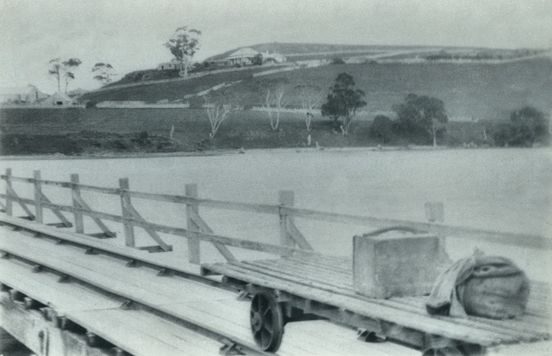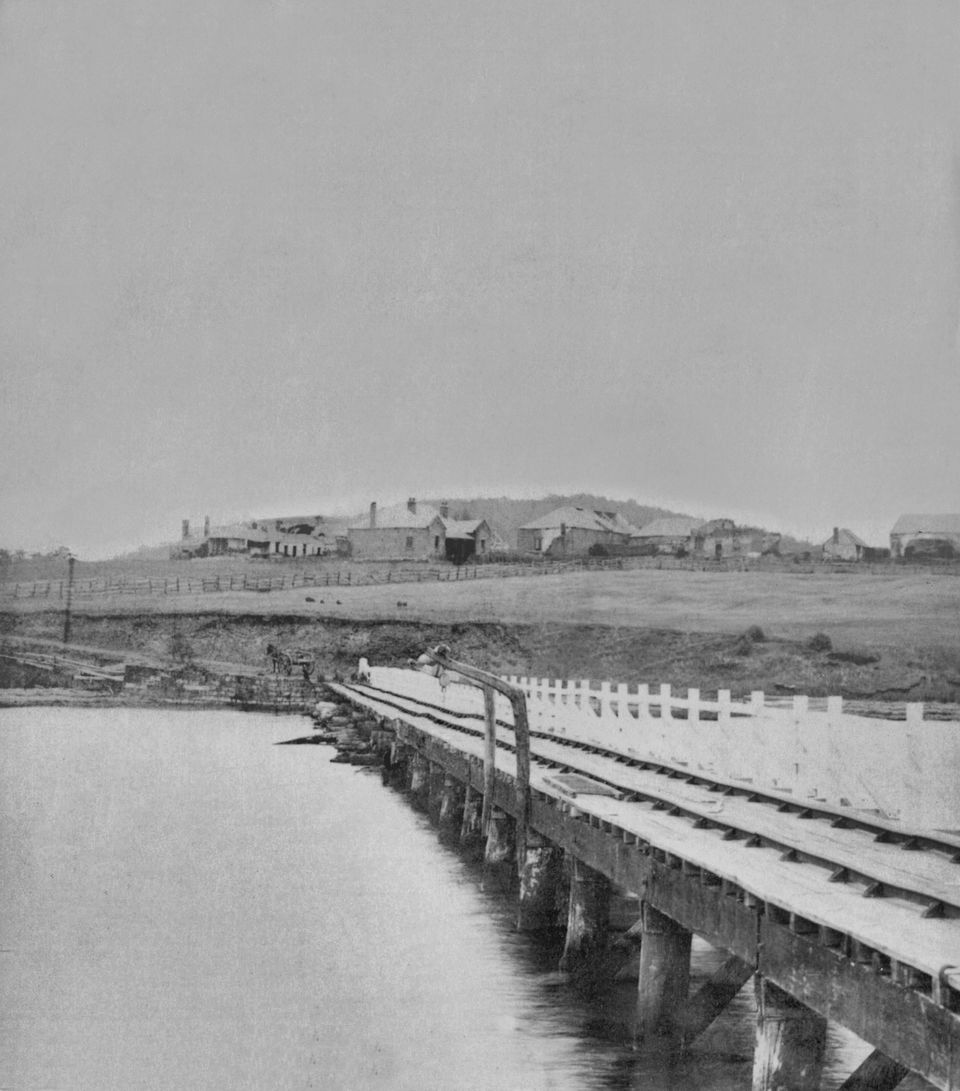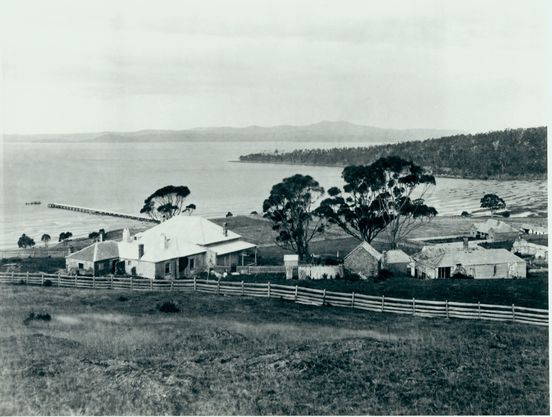For fifty years from 1830, the Forestier and Tasman Peninsulas were reserved for use by the government as a place to keep convicts. The first, and always the largest, settlement, was at Port Arthur, where men who had re-offended after being transported to Tasmania were kept. However, Port Arthur had many out-stations – the coal-mines near Saltwater River, the guard station at Eaglehawk Neck, Norfolk Bay which was the rail-head of the convict-powered passenger tramway, some farms and many guard posts and signal stations. These were all established in the first decade of the convict era on the Peninsula.

In the 1840s, the most intense period of convict activity, nine ‘Probation Stations’ were established on the two peninsulas. Hundreds of substantial buildings were constructed and some, less well-made, roads. As transport and communications with the capital city Hobart, were by sea, jetties and wharves were prominent features of convict construction on the two peninsulas. The Probation Stations amounted to quite large convict villages - the most prominent of which were Saltwater River (where grain and later sheep were farmed on the only basaltic soils on the Peninsula), the Cascades (now Koonya – timber and agriculture) and Impression Bay (Premaydena - agriculture). These were all on the very shallow Norfolk Bay, as was the Coal Mines settlement, and they required very long jetties to accommodate even small ships. At Saltwater River the stone foundations of the jetty are still visible going out 200 metres into the bay – the actual jetty ran out 400 metres.

When free settlement resumed in the late 1870s and early 1880s, these places, with their existing facilities such as jetties and some roads, became natural foci for settlement – they were accessible, there was cleared land and there were some buildings standing. There was also building material literally for the picking up. Even a small, short-lived convict station such as Wedge Bay, was attractive enough to settlers to develop into modern Nubeena, the administrative ‘capital’ of the Peninsula.
There was no road to the Peninsula till 1904, and the highway was not completely sealed till the 1960s. Transport by water remained dominant through the first half of the nineteenth century; facilitated by, at first, the old convict jetties. In the late nineteenth century, Tasmania had been in economic decline for decades despite its obvious natural abundance. The co-incidental occurrence of the Victorian Gold Rush and cessation of convict transportation in the 1850s had led to a severe population decline from which it was only slowly recovering. It is hard to see how an impecunious Tasmanian government could have provided the infrastructure necessary to settle this region, but they were excused that task – the old Convict Department had done it for them.

Selection of property on the Tasman Peninsula was rapid – less so on the Forestier Peninsula which did not have as much convict-built infrastructure. In Tasmania generally there was a collective effort to forget that the Convict System had ever happened – on the Peninsula it was hard to avoid and was, rather, embraced. The old convict infrastructure provided – at times, literally - the building blocks of free society.
‘From Bond to Free’ by James Parker
Pictures from the Archives